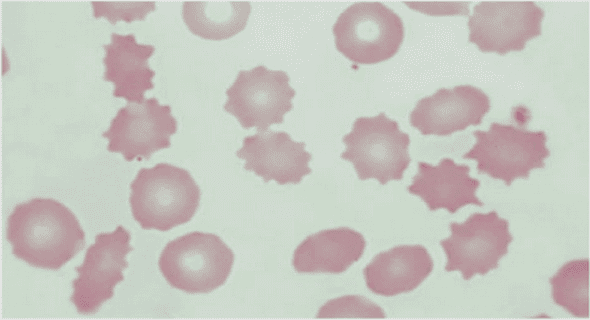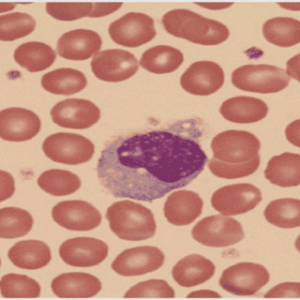(Downloads - 0)
For more info about our services contact : help@bestpfe.com
Table of contents
Chapter 1. Version abrégée en français: Histoire évolutive de l’Aegagre (Capra aegagrus) et de la chèvre (C.hircus) basée sur l’analyse du polymorphisme de l’ADN mitochondrial et nucléaire: Implications pour la conservation et pour l’origine de la domestication
1. Les outils pour comprendre l’origine des animaux domestiques et pour mesurer leur diversité
1.1. Caractérisation moléculaire
1.2. Approches archéobiologiques
2. Biodiversité des animaux domestiques
3. Etudes portant sur la chèvre
4. La Domestication
5. Génétique de la conservation
Article 1. Analyse à grande échelle de la diversité génétique chez la chèvre domestique
Article 2. Arguments génétiques en faveur d’un événement de domestication à grande échelle chez la chèvre
Article 3. Les vaches, les moutons et les chèvres sont-elles des espèces menacées?
Conclusion
Chapter 2. Introduction
1. Tools to understand livestock origin and diversity
1.1. Genetic tools
1.1.1. Choosing molecular markers
1.1.2. Mitochondrial DNA
1.1.3. Amplified fragment length polymorphism (AFLP)
1.1.4. Y-chromosome DNA
1.1.5. Microsatellites
1.2. Archaeobiological approaches
1.2.1. Ancient DNA
1.2.2. Archaeological markers
1.2.2.1. Morphological Markers
1.2.2.1.1. Genetically driven markers
1.2.2.1.2. Plastic Responses to domestication
1.2.2.2. Non-morphological Markers
1.2.2.2.1. Demographic profiling
1.2.2.2.2. Zoogeography and abundance
1.2.2.2.3. Different types of more circumstantial evidence of human control
2. Livestock biodiversity
2.1. Current knowledge
2.1.1. Species diversity
2.1.2. Breed diversity
2.2. Livestock’s genetic diversity
2.3. Goat and its general situation
2.4. Goat genetics diversity results, up to now
3. Domestication
3.1. The domestication process in general
3.2. Domestication history
3.3. Domestication centers
3.4. Complex patterns of genetic structure of domesticates
3.5. Goat Domestication
4. Livestock transformations following domestication and consequences on genetic diversity
5. Conservation Genetics and implications for conservation
Chapter 3. Large-scale mitochondrial DNA analysis of the domestic goat reveals six haplogroups with high diversity
Abstract
Introduction
Results
Sequence polymorphism
Phylogenetic analysis and genetic structure of domestic goats
Demography of mitochondrial haplogroups
Discussion
High mtDNA diversity in domestic goat
Characteristics and nomenclature of mitochondrial haplogroups
Standard criteria for defining goat mitochondrial haplogroups
Genetic structure of domestic goats
Demography of mitochondrial haplogroups
Limits of genetic data from domestic goats for reconstituting the history of domestication
Materials and methods
Sampling and DNA extraction
DNA amplification and sequencing
Data analysis
Acknowledgements
References
Chapter 4. Goat domestication: a single large-scale event without bottleneck
METHODS SUMMARY
Mitochondrial DNA analyses
Estimation of population growth rate
Estimation of the number of goat mtDNA haplotypes captured during the
domestication process
Nuclear DNA analysis
Acknowledgements
METHODS
Mitochondrial DNA analyses
Sampling
DNA extraction
DNA amplification
DNA sequencing
Data analysis
Estimation of population growth rate
Estimation of the number of goat mtDNA haplotypes that were captured during the domestication process
Phylogenetic approach
Rarefaction analysis of the number of goat mtDNA haplotypes found according to the number of samples analyzed
Estimation of the Time to the Most Recent Common Ancestor (TMRCA) for the different goat haplogroups
Computation of the pairwise coalescence times
Frequency of the A haplogroup at the time of the domestication
Nuclear DNA analysis
Sampling
DNA extraction
AFLP procedure
Data analysis
SUPPLEMENTARY INFORMATION
Supplementary results
Partitioning of the mtDNA genetic variance within and among localities
Estimation of the number of goat mtDNA haplotypes that have been captured during the domestication process
Phylogenetic approach
Rarefaction analysis of the number of goat mtDNA haplotypes found according to the number of samples analyzed
Estimation of the TMRCA for the different goat haplogroups
Computation of the pairwise coalescence times
Frequency of the A haplogroup at the time of the domestication
Nuclear DNA analysis
Supplementary Discussion
Introgression from the domestics to the wilds in southeastern Iran
Number of mtDNA haplotypes captured during the domestication process
Supplementary Tables and Figures
Chapter 5. Are cattle, sheep, and goats endangered species?
Abstract
Introduction
Wild ancestors and the domestication process
Cattle
Sheep
Goats
Dispersal from the domestication centres
The threats on highly productive breeds
Fragmentation into discrete breeds
Effects of artificial insemination and other reproductive technologies
The threats on local breeds with low population sizes
Socio-economic context
Management of small size populations
Threats to adaptation
Geographic confinement
Conclusion
References
Discussion and Conclusion
Perspectives
Bibliography
Annex
Review of archaeozoological data for the earliest goat domestication
Eastern Anatolian area
Iranian Plateau
References



